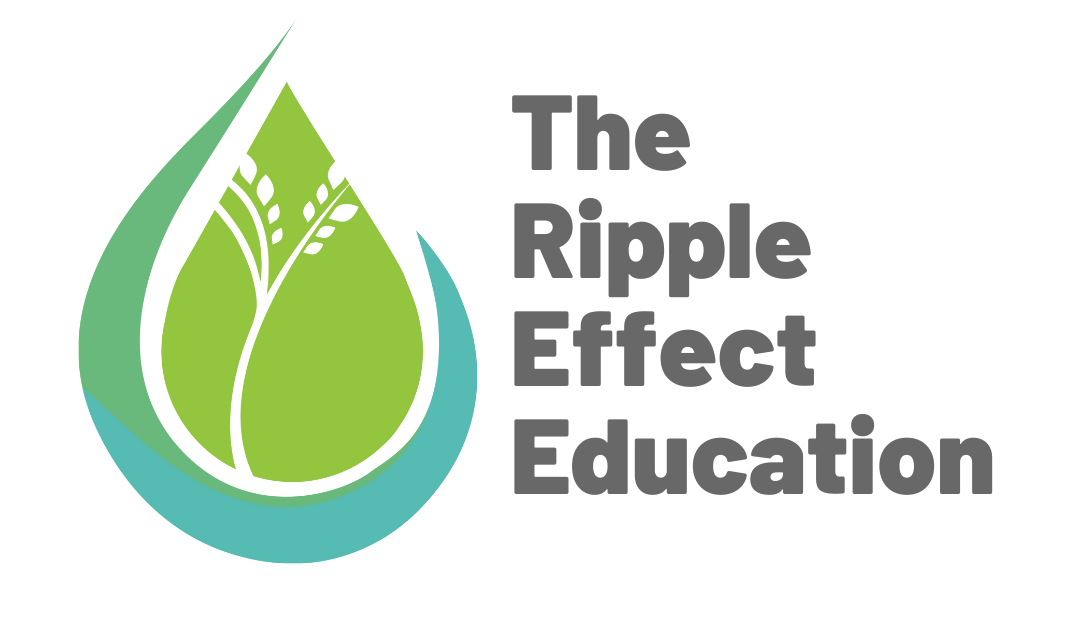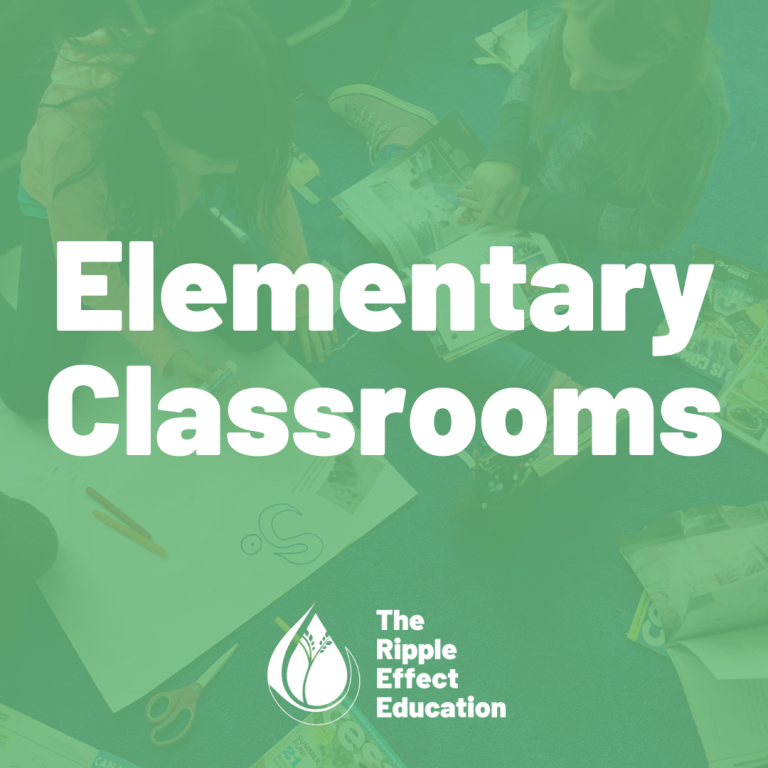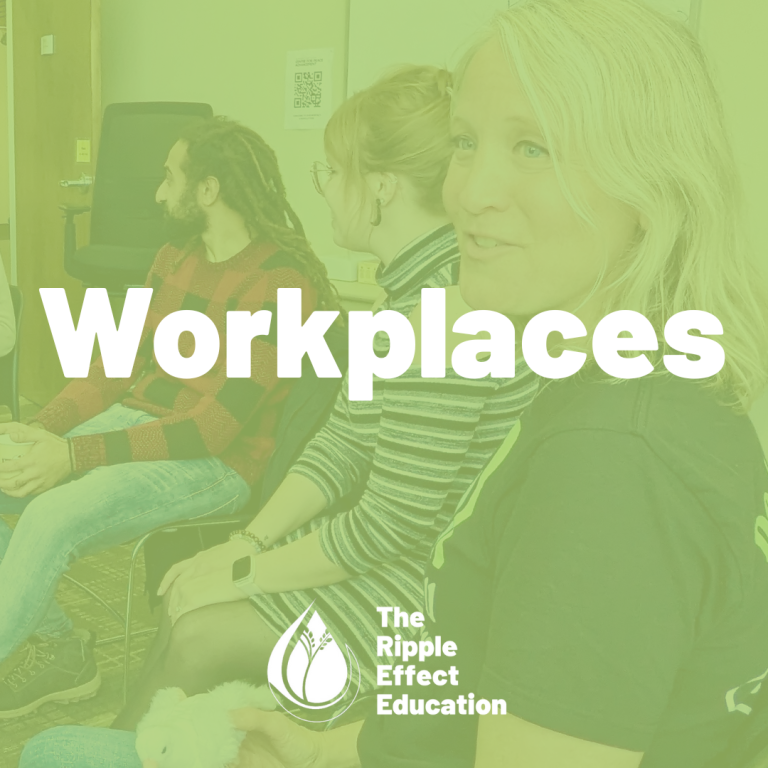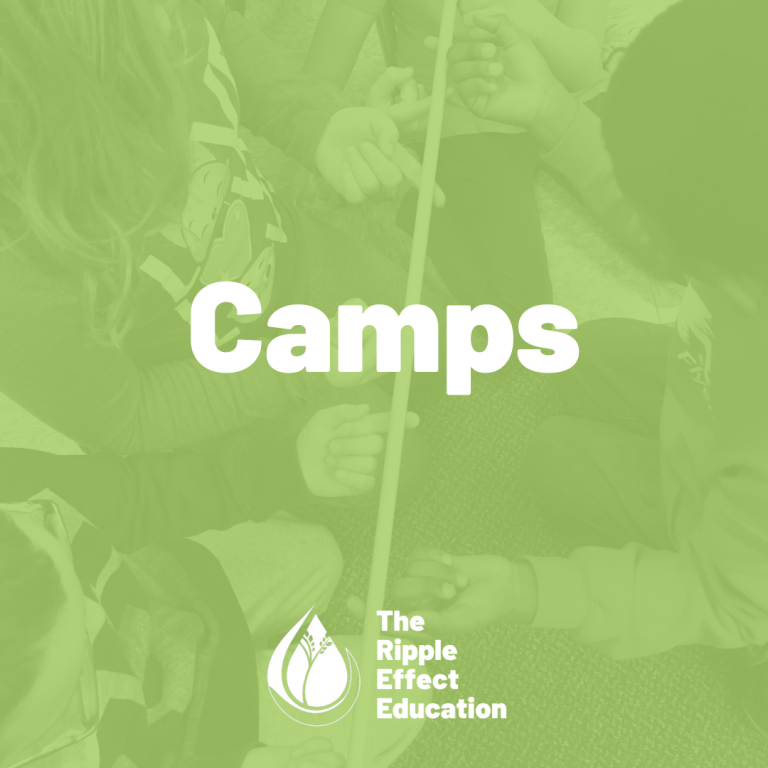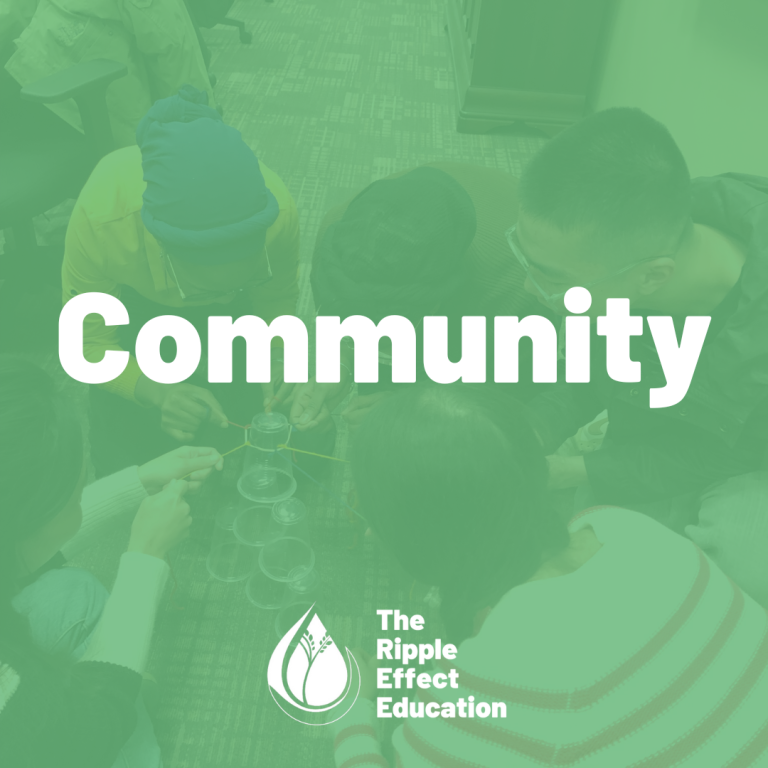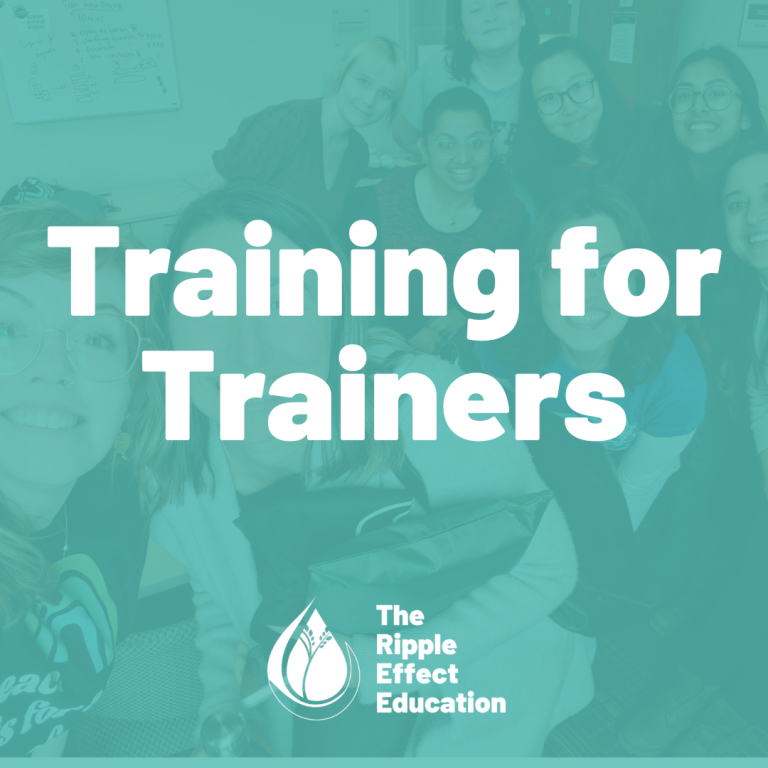Can you recall an experience when you gave your child a request, like starting chores or meeting curfew, and you were met with the same predictable reaction? It may have been a groan, an elaborate resistance speech, or withdrawal from the conversation. I can remember certain reactions I gave as an adolescent that didn’t always lead to positive interactions with caregivers. We all have different ways of expressing ourselves, but many of us often struggle as young people to be seen as capable and mature in our pursuit of independence.
Thinking about your own experiences of conflict might bring up thoughts of your child’s predictable behaviours, but also your own predictable conflict behaviours. Take a moment and reflect – can you name the predictable ways that you show up in conflicts? When we notice recurring patterns of conflict, we are noticing circular causality. Circular causality is when each family member’s behaviour is caused by and causes the other family members’ behaviours (Kelledy & Lyons, 2019).
With intentionality, we can work towards a place that respects the independence of each individual while maintaining the understanding that family members are interconnected and hold responsibilities in their relationships. Here are four steps we can take to interrupt these patterns.
Identify the Pattern of Conflict. The first step is acknowledging the pattern of conflict that needs to be addressed.
How do we start? Think of the types of situations and conversations that repeatedly bubble up in your relationships that seems to hinder your communication and your interactions with each other. In order to identify the pattern of conflict, we must take the time to reflect and realize the circumstances we find problematic.
Self-awareness. Self-awareness disrupts the unwanted behaviours cycling in our relationships. It’s important to manage what we can control: our own intentions, actions, and responses.
It can be helpful to write down our repeated conflict cycle, including what we typically say, the tone we use to say it in, what type of body language we embody, and when these conflicts commonly occur.
Then, consider how a different response during a conflict cycle might shift communication and interactions with your youth. Begin with one change. For example, integrating mindfulness and breathing can create space to be more intentional in our conflict responses.
Curious Inquiry & Active Listening. Acknowledge their perspective with active listening in a curious posture.
“Current findings emphasize that parent-adolescent communication is an important contributor to adolescent well-being” (Heath, 2013, p. 239).
We can show our genuine curiosity and interest in their perspectives by asking open-ended questions (Pries, 2018). These questions encourage others to elaborate on their thoughts, by answering questions that start with who, what, where, when, and how.
It’s important to know that using “why” questions can trigger defensiveness. For example, if we asked, “Why would you do that?” it may elicit a negative response. Instead, we could reframe and ask, “What brought you to that decision?” or “How have my expectations impacted you?”
We can follow-up our questions by actively listening to their responses: giving our full, undivided attention (i.e. eye contact, refrain from interrupting, face them when they speak), summarizing what you’re hearing, and asking more open-ended questions to learn more (G. Burgess & H. Burgess, 2019).
Decision-making & Empowerment. As adolescents learn and grow, it is necessary to make adjustments and renegotiate rules that empower our children to be seen as the capable maturing individuals they’re growing into.
“When parents enfranchise their adolescent children into increasingly more responsible roles, parents and adolescents both benefit as the family system integrates the development of these new family roles into a family system marked by vitality and growth” (Heath, 2013, p. 242-243).
Developing rules and expectations together empowers adolescents to understand that both their and their family members’ needs and interests are valid, and build a sense of responsibility and accountability that comes with gaining more independence. Working together on these decisions also provides more probability that the shared guidelines will be sustainable.
Taking steps to interrupting conflict patterns with our adolescents can improve our understanding of ourselves, bring more mindfulness to our actions and communication, and foster consideration for the independence and interdependence each family member seeks.
Interested in more tips on how to support your adolescents in conflict transformation? Check out our guides to approach conflict with pre-teens and teens!
Photo by cottonbro.
References
Burgess, G., & Burgess, H. (2019, December 11). How to stop fighting: Home. Retrieved March 28, 2021, from https://www.beyondintractability.org/stop-fighting
Heath, P. (2013). Parent-Child Relations: Context, Research, and Application (3rd ed.). Pearson Education, Inc.
Kelledy L., Lyons B. (2019) Circular Causality in Family Systems Theory. In: Lebow J.L., Chambers A.L., Breunlin D.C. (eds) Encyclopedia of Couple and Family Therapy. Springer, Cham. https://doi.org/10.1007/978-3-319-49425-8_248
Pries, B. (2018). Understanding Conflict: Foundations [Class Handout]. Waterloo, ON: Conrad Grebel University College.
 Alley McDonald has a commitment to and involvement in social justice, serving her community in different volunteer capacities involving S2LGBTQ+ and women identifying rights, and conflict resolution education. She graduated with distinction with an honours BA from the University of Waterloo, with a joint major in Peace and Conflict Studies and Sexuality, Marriage, and Family Studies, and a minor in Gender and Social Justice. She has recently graduated from York with a certificate in Family Mediation, and a certificate in Conflict Management and Mediation from Conrad Grebel University College. She is passionate about creating effective and inclusive change in her community.
Alley McDonald has a commitment to and involvement in social justice, serving her community in different volunteer capacities involving S2LGBTQ+ and women identifying rights, and conflict resolution education. She graduated with distinction with an honours BA from the University of Waterloo, with a joint major in Peace and Conflict Studies and Sexuality, Marriage, and Family Studies, and a minor in Gender and Social Justice. She has recently graduated from York with a certificate in Family Mediation, and a certificate in Conflict Management and Mediation from Conrad Grebel University College. She is passionate about creating effective and inclusive change in her community.
